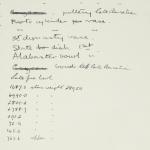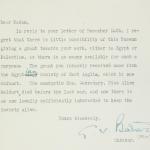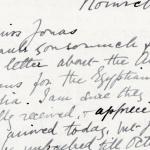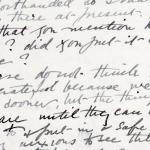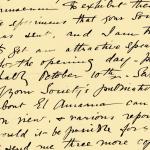Norwich, Norwich Castle Museum
Norwich Castle was built by the Normans, initially as a royal palace. In the thirteenth century it was used as a gaol. It continued as such until the latter part of the nineteenth century when it was bought by the city of Norwich and converted into Norwich Castle Museum, first opening its doors to the public in 1894.
Its collections are diverse and include archaeology, fine art and natural history. It has an Egyptian collection, largely acquired in the early twentieth century through donors who included Flaxman Spurrell, Rider Haggard and George V. The collection also grew significantly due to the donation made in 1921 by Ethel and Helen Colman. Their father, Jeremiah (of Colman's Mustard), had bought over 250 artefacts while in Egypt visiting his ailing son. A few items were also donated by the Egyptian Society of East Anglia, a society active in Norwich in the first half of the twentieth century and with links to the Egypt Exploration Fund, as it was then called. At its height, the Egyptian collection numbered over a thousand items. However, in the 1950s, with a changed collection policy together with the wish to assist Liverpool, whose museum had suffered bomb damage during the war, a significant part of Norwich's Egyptian collection was sold to Liverpool. The Colman donation has, however, remained in Norwich in its entirety.
[with thanks to Faye Kalloniatis for the text]

